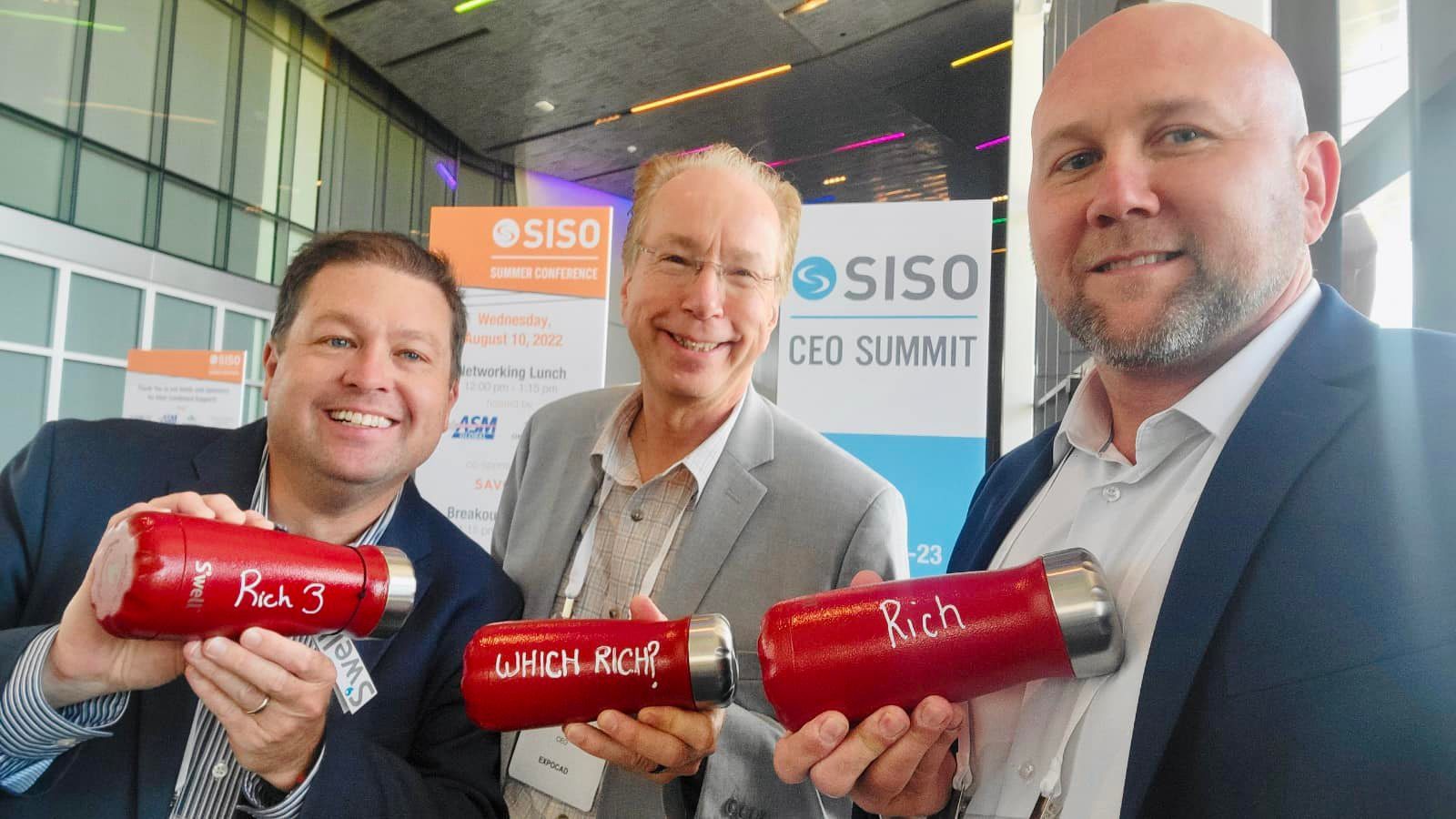While summer is winding down, things were heating up in wonderful Oklahoma City at the 2022 SISO (Society of Independent Show Organizers) Summer Conference. This event brings together independent show organizers (ISOs) of all sizes and types to tackle some of the biggest challenges in the industry. I wanted to share some critical insights into what they see as key challenges in the years ahead.
Staffing Remains an Issue
Organizers shared that teams are stretched thin across the entire events ecosystem. Most are still understaffed, including companies that exhibit at or sponsor events. While some ISOs focus on successfully executing in-person events, many are most interested in diversifying their portfolios and options for year-round engagement.
Know Your Customer
With the great resignation, great retirement and turnover among all trade show constituents, today’s audience may look very little like 2019 or even 2021. However, as customer behaviors have shifted and many contacts have departed, knowing the customer and their evolving preferences were top of mind for show organizers. This “customer need” will drive event-related decisions for the foreseeable future as ISOs seek ways to recover from the pandemic.
Data, Data, Data
Integration of customer data across platforms are critical as ISOs build and maintain an understanding of all their audiences. As ISOs shrunk their events teams and ramped up digital properties during the pandemic, data-driven marketers are asking for this data at in-person events.
However, despite the high desire to evaluate data frequently, it was clear that historical trend data and pacing (how a show is performing weeks out from an event) were fruitless activities. There is confirmation that attendees and exhibitors continue to purchase and register far closer to the event. Some of this is a symptom of the post-pandemic behavioral shift, while others see economic uncertainty creating apprehension.
Matchmaking
There was a buzz around Matchmaking at SISO. Sarah Varner, Vice President of Marketing, at Emerald Industrial Connections Group shared on stage that NPS scores were higher among those who participated in Matchmaking. Attendees and exhibitors alike are looking for ways to create a better, more curated experience and matchmaking is a way to expedite the buyer and supplier relationship. In many ways, audiences are a little rusty when networking in-person. As new attendees (who may have never attended the show or even been in the industry) come to events, they look for show organizers to help them on their journey. As younger audiences begin to eclipse older attendees, this will be especially true as they are accustomed to digital tools to help them foster and build relationships. This, along with better digital content from exhibitors showcasing their products and services in advance of the show, further enhances their in-person experiences, which every ISO was focused on.
Uncertainty, High Costs, Supply Chain Issues and Low Margins
Increased labor wages, inflation and supply chain issues have decreased margins for show organizers. With smaller staff and increased costs, organizers evaluate every spend related to “Does it provide value for the attendee and exhibitor experience?”
COVID-19?
It was clear that COVID (in general) is in the rear-view mirror for many ISOs. However, some markets and segment-specific events were still COVID testing and mask mandates based on the show and location. In addition, most were shifting the resources spent on COVID protocols to attendee experiences to entice attendance.
Netflix and the Sofa
A running joke (and not a funny one) among speakers and attendees was that events compete with people still very comfortable remaining home (not because of health concerns but because the sofa and Netflix were far more desirable choices). Many comments were around the media, continually sharing the pains of travel as another deterrent to shows in the short term. This was especially true of education-heavy events where there was a struggle to grow attendance as online education was a much easier option. Organizers must create experiences that cannot be replicated online.
Oklahoma City
The bonus each year for me is visiting cities that would make great hosts for trade shows and conferences. Admittedly I had not been to OKC in nearly a decade and I was blown away by how much the city continues to evolve and grow. Their tagline, “the modern frontier,” does a great job of summing up this city on the move. With receptions at the First Americans Museum and historic car rides (a highlight for me) to The Jones Assembly, we got to taste food, see culture and experience why OKC was named one of the Best Places to Visit by Frommer’s Travel and Travel + Leisure.
Summary
ISOs are seeing success in many shows while facing challenges in specific industries. However, decreased margins and the concern of economic headwinds are pushing organizers to evaluate their businesses carefully. One panelist summed it up: “anything beyond acquiring more attendees to satisfy exhibitors/sponsors is just a distraction in today’s marketplace.”
They are placing their limited resources (human and financial) in the most advantageous areas, especially those that acquire new audiences, enhance experiences and increase engagement of the discerning post-pandemic event customer.
While ISOs tend to be the tip of the spear and often ahead of associations in terms of transformation, I think all event organizers should think about the attendee experience like never before. I can’t wait to see everyone again next summer in Salt Lake City from August 22 to 24, 2023!
